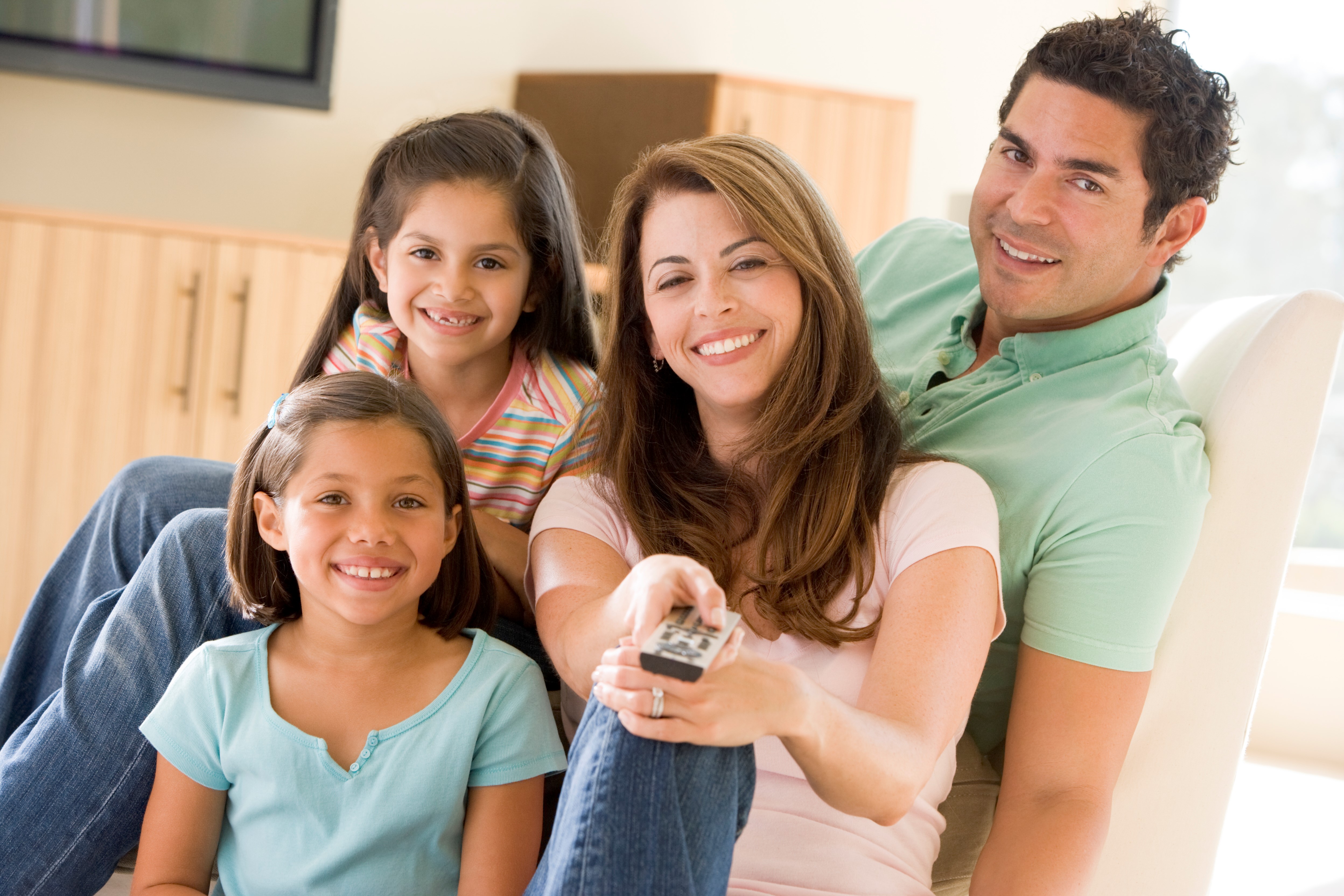To Reach Latinx Consumers, Reflect Their Community and Values

As the U.S. Hispanic population grows in size and influence, marketers need to devise a new playbook to reach them — one designed expressly for their community. Latinx individuals are tech-savvy, community-minded, and enjoy sharing information with friends and family. They place a premium on companies that reflect their values. Brands that deliver on these expectations stand to build long-term customer relationships.
Compared to the general population, U.S. Hispanics are younger, more digitally connected, and avid social media users — all of which shape their interactions with brands. Additionally, Hispanic households tend to be larger and multi-generational. These are some key insights from "La Oportunidad Latinx: Cultural Currency and The Consumer Journey," a new study by Nielsen.
"Latino culture is a collectivist culture," said Stacie de Armas, Nielsen's vice president of strategic initiatives and consumer engagement. "We place increased influence and importance on dialogue with brands that speak to us in ways that are familiar and [reflect] cultural pillars."
Currently, there are 60 million Hispanics in the U.S. and, by 2058, that number is projected to swell to 109 million. By 2023, U.S. Hispanics consumer spending is expected to top $1.9 trillion, the report said. And, with the 2020 election and census approaching, the Latinx community stands to play an important role in future political and economic decisions. These indicators reinforce that marketers need to gain a firmer understanding of this community and how to speak to them.
Among the most important findings: The median age for Latinx men is 29.1 years old and 30 years old for women, compared to median ages of 37 years old and 39.5 years old for the general market, respectively. That means a large swath of U.S. Hispanics are just cresting into adulthood and they're making major purchases and major household financial decisions. The youthful trend extends to the next generation, as well: 32 percent of the Hispanic community is under 18 years old, compared to 20 percent of non-Hispanic white Americans. Brands that can attract young Hispanics stand to cement their business for years to come.
"These individuals are largely at the beginning of major acquisition years and the importance for brands and marketers has never been greater," de Armas noted.
Digital and Social Media Foster Connections:
Digital channels offer Latinx consumers both a virtual gathering spot and a marketplace. Compared to U.S. adults 18 and older, Latinx individuals spend more time per week using digital on their smartphones, including extra minutes on social media and streaming audio and digital video.
Hispanics are receptive to mobile advertising and are roughly 25 percent more likely than the overall population to agree that mobile ads provide useful information on products, as well as offer bargains. To reach them, brands should develop content specifically for Hispanics' mobile use and make smart decisions about placement, said Jorge Plasencia, chairman and chief executive officer of República Havas.
"Understanding Latinx consumers' love for navigating life with their mobile devices and how they use it for their daily lives will give brands a competitive advantage," Plasencia said.
Among digital channels, social media networks play a central role. Social delivers on key Hispanic cultural tenets, such as community, engagement, and information sharing. Latinx individuals spend over an hour more per week on social media than the general population. This includes nearly eight hours per week on smartphone social media, compared to six-and-a-half hours for all U.S. adults.
This heavy social diet can be a boon for brands. "Latinx consumers are highly social and willing to make recommendations to their personal and social networks for well-liked products they believe in," Plasencia said.
In fact,Hispanics are 37 percent more likely than the overall population to say they like sharing opinions about a product or service online and 43 percent more likely to want to connect with brands on social. "This is a cultural pillar and brands need to think carefully about with the channels they use and their messaging," de Armas added.
Traditional Media Remains Strong
Local radio, TV, and print media have always played a key role in Hispanic communities, providing critical information and entertainment that reflects Latinx culture, de Armas said. So, while digital expands Hispanics' media choices, they're still loyal to traditional outlets, particularly when music is involved. For instance, Hispanics are heavy users of local radio, which reaches 96 percent of Latinx consumers, compared to 92 percent of American adults.
Audio is so important. The report suggests that audio, including radio and digital streaming, should be part of campaigns that want to reach Hispanics on their consumer journey.
Call in the Influencers
In a reflection of modern media consumption, Latinx users wield multiple screens concurrently, especially for big TV events. Brands can deploy influencers on second screens to expand their reach. During the recent Latin Grammys and Latin American Music Awards, for example, celebrities' social posts represented a fraction of media placement, but produced three-quarters of the engagement, de Armas noted.
Hispanics are deeply connected with music, which helps explain some of the outsized engagement for music specials. But research shows that even non-music specials generate strong second-screen engagement, de Armas pointed out. This is just one way to deploy influencers and it underscores their importance, she noted. In fact, Hispanics are 29 percent more likely to agree that their purchase decisions can be influenced by celebrity endorsements. "They are ambassadors for culture," de Armas said.
Turn Marketing on its Side
To reach Hispanics, Nielsen recommends that marketers study the community carefully. "The overall cultural differences are pervasive and affect how they conduct business, connect, learn, and shop," de Armas said.
Advertisers should build campaigns specifically for the Latinx community, including creative. Consider: 71 percent of all US. Hispanics, including children, are bilingual.
So, ad campaigns should be reflective of that aspect of Hispanic culture and language, the report notes.
"Marketers need to understand the great diversity within our community and the importance of connecting, not just in language, but also in culture," Plasencia said. "For brands to win the Latinx consumers, they need strategies that include culturally appropriate messaging, delivered at the right time, in the right place."
Click the social buttons to share this story with your friends and colleagues.
The opinions and points of view expressed in this content are exclusively the views of the author and/or subject(s) and do not necessarily represent the views of MediaVillage.com/MyersBizNet, Inc. management or associated writers.


